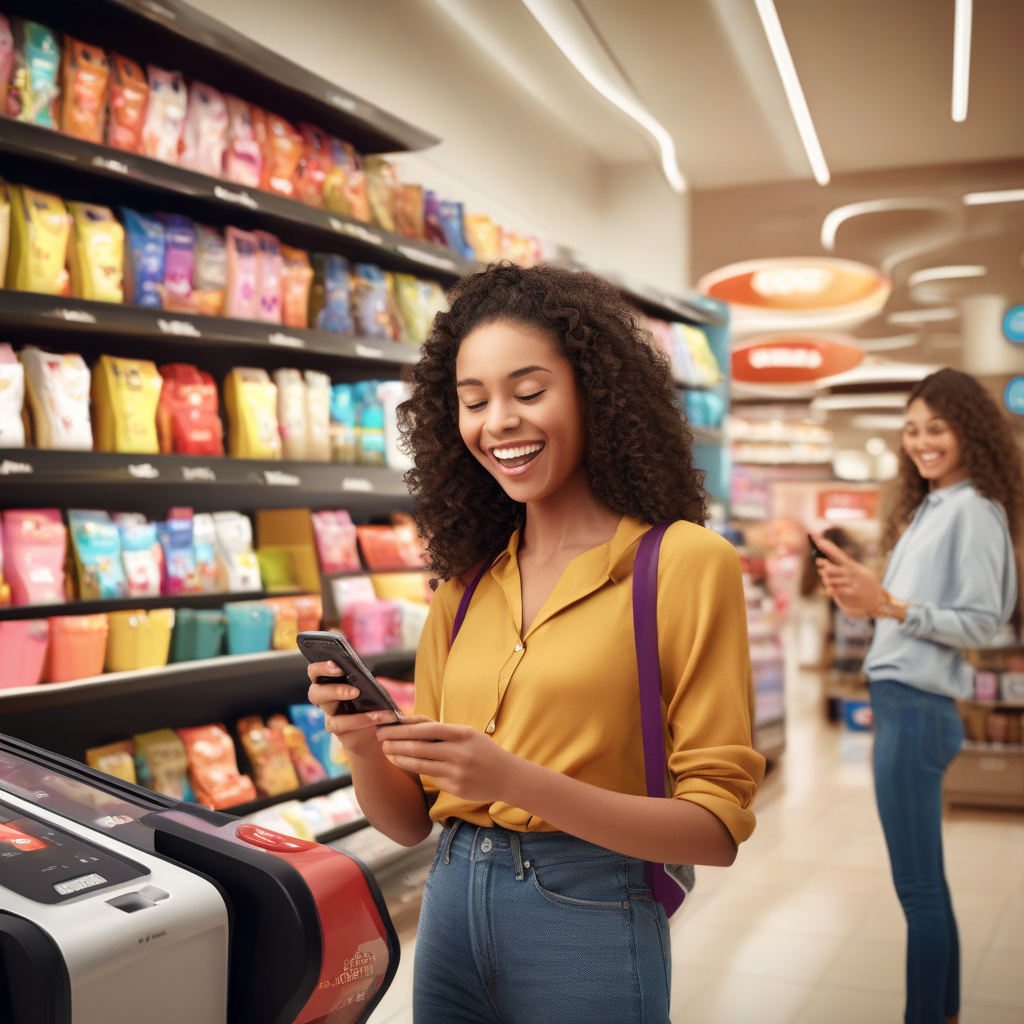Loyalty Programs Gain in Popularity but Brands Need to Do More
In the ever-competitive world of retail, loyalty programs have become a staple for brands looking to retain customers and drive repeat business. These programs, ranging from simple points systems to exclusive perks and rewards, have seen a significant uptick in popularity in recent years. According to a study by Bond Brand Loyalty, 73% of consumers said that they were more likely to recommend brands with good loyalty programs.
However, while the popularity of loyalty programs continues to rise, many brands are finding that simply offering a program is no longer enough to stand out from the crowd. In today’s digital age, consumers are bombarded with options, making it crucial for brands to not only have a loyalty program but to ensure that it is engaging, personalized, and offers real value to the customer.
One area where many brands fall short is in the personalization of their loyalty programs. Today’s consumers expect a personalized experience, with 80% stating that they are more likely to do business with a company if it offers personalized experiences. Personalization can range from tailored offers based on past purchases to birthday rewards and exclusive access to new products or services. By leveraging data and analytics, brands can better understand their customers’ preferences and behaviors, allowing them to create targeted and personalized loyalty offers that resonate with their audience.
Another key aspect that brands need to focus on is the omnichannel experience. With the rise of e-commerce and mobile shopping, consumers expect a seamless experience no matter how they choose to interact with a brand. This means that loyalty programs need to be integrated across all channels, allowing customers to earn and redeem rewards both online and in-store. Brands that fail to offer an omnichannel loyalty experience risk losing customers to competitors who do.
Moreover, transparency is essential when it comes to loyalty programs. Hidden terms and conditions, unclear reward structures, and difficult redemption processes can all lead to frustration and ultimately, a loss of trust in the brand. By being transparent about how the program works, what rewards are available, and how customers can earn and redeem points, brands can build trust and loyalty with their customer base.
A prime example of a brand that has successfully revamped its loyalty program is Starbucks. The coffee giant’s Starbucks Rewards program not only offers points for purchases but also provides personalized offers, birthday rewards, and the ability to order ahead through the mobile app. By focusing on personalization, convenience, and value, Starbucks has been able to drive customer loyalty and increase repeat business.
In conclusion, while loyalty programs are undoubtedly valuable for brands looking to retain customers and drive sales, simply having a program is no longer sufficient. Brands need to focus on personalization, omnichannel integration, transparency, and value to truly stand out in today’s competitive landscape. By investing in these areas, brands can create loyalty programs that not only retain existing customers but also attract new ones, ultimately leading to increased sales and brand advocacy.
loyalty programs, customer retention, personalization, omnichannel experience, transparency
